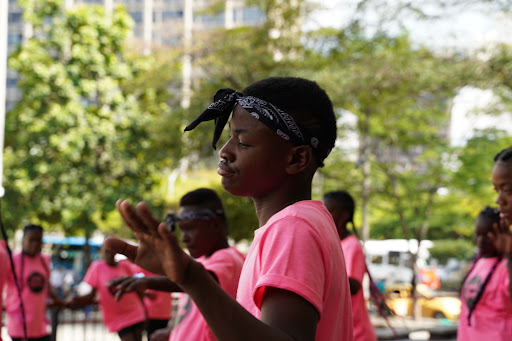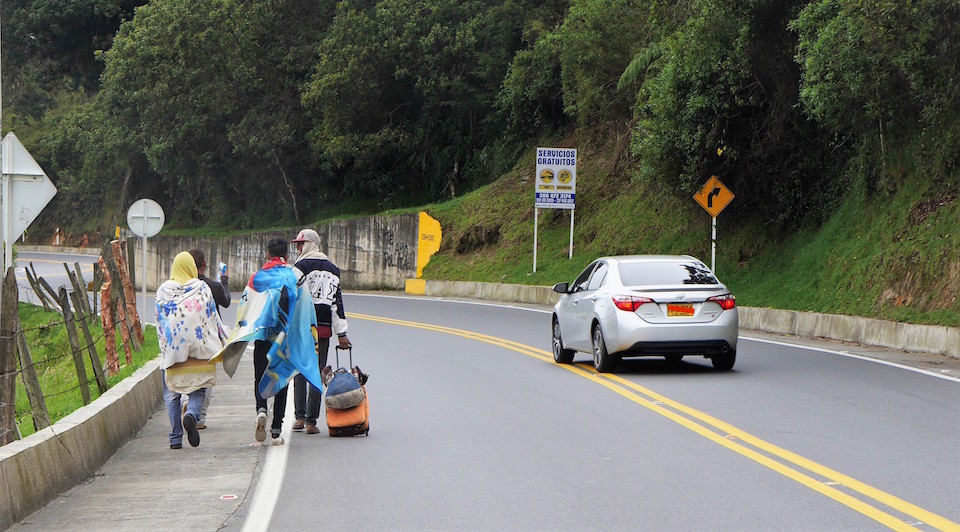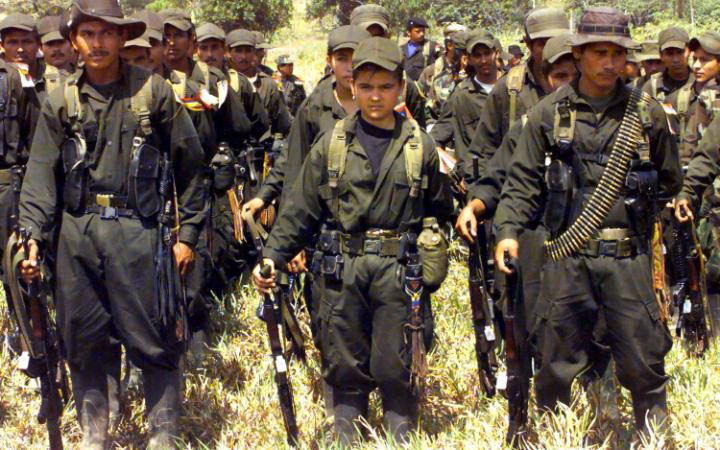Medellín is by far one of the most talked about cities in Latin America. Most tourists are fascinated by the radical change the city has undergone since the 1990s and the progress driven by public policies developing metro cables, state libraries, and communal sports fields. All too often, tourists take the revived Comuna 13 neighborhood as a prime example of the city’s booming growth, admiring the barrio’s street art scene, innovative electric escalators, and charming cafes to relax.
However, don’t we confront the actual living worlds in the Medellín barrios with a blind eye? Do we know what life is like in the other hundreds of districts of the Colombian metropolis? Those who have asked themselves this question will get a taste for its answer in the research and art exhibition “Contra Miradas,” currently taking place in the EPM library in Plaza Cisneros.
Let’s take a closer look at the findings of the eight sociologists, anthropologists, and historians who have investigated the art of living in three communities in Medellín.
“Contra miradas”– contrary to the conventional view?
“Contra Miradas–narratives of the urban periphery” is the exposition of a three-month research project, an initiative the Austrian sociologist Manuel Oberlader called into life. The research project aims to draw attention to life in the peripheral neighborhoods of Medellín. It also represents a mouthpiece for residents who can share their thoughts and ideas for which they usually don’t find an audience outside of the barrios.
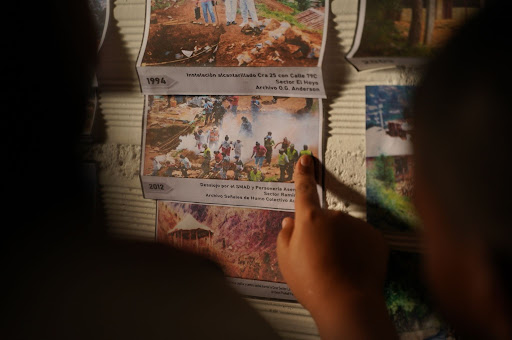
“As a tourist, it is easy to discover only the beautiful sides of this fascinating city and culture. However, I am interested in the questions that no one likes to ask,” explains Manuel Oberlader. “How do people live outside the glamor of the tourist district? What are the things lacking for the people’s socio-economic development, and who should be responsible for providing what is missing? What are the everyday concerns and dreams of children and youth in the neighborhoods?”
Manuel and his team put the exposition together within only three months. During these weeks, the diverse group of students, scientists, designers, and video producers went the extra mile to gain in-depth insights into the city’s least urbanized areas – Santo Domingo, La Vereda Granizal, and La Cruz. On top of that, the group has staged a multi-media, authentic, and engaging production with which visitors can learn interesting facts, figures, and compelling insights into history.
“It has been a great opportunity to get to know and work with people from these neighborhoods who showed us another side to the barrio, one full of generosity, support, and innovation. Putting the exhibition together really was a group effort between our team and people from these communities, not just being let into peoples’ homes, but also being given ideas, suggestions, and advice on what should be included. This also concerns the actual construction of what you can see in the exhibition, from girls painting the olla to look like their grandmother’s expert tailoring on the houses,” says Bernadette Coote. She has worked alongside Manuel on both research and exhibition.
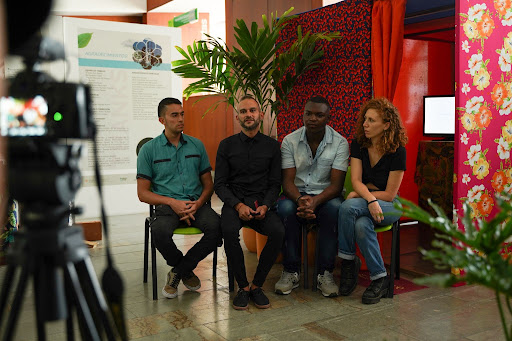
This is what life in Medellín’s barrios looks like
The exposition above all demonstrates how the lack of basic and digital infrastructure and limited educational opportunities leave their fingerprints on the community’s youngest members.
One way to gain easy money – plata – in those neighborhoods is becoming a gang member. As gang members, 14-year old kids don’t have to worry about their pocket money anymore, but in return, they leave their freedom behind. The criminal life is too often a one-way street. “Most mothers are constantly concerned about their girls growing up in the presence of gang members, who are not afraid of using violence.” It’s the voice of one of the locals from Granizal.
Despite this sobering reality, visitors should by no means assume that the residents of the neighborhoods feel miserable in their barrios. “Particularly older people are very proud of their neighborhood. They tell us, ‘look what we have built there over the years. With almost no help, we have created institutional structures, fought for drinking water, and built new houses for the growing number of inhabitants,” remarks Manuel.
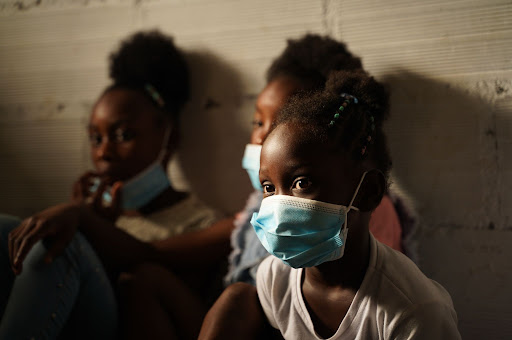
One artwork attracts special attention: a 1000 liter water canister, placed in the middle of the billboards and colorfully designed. With this work, the exhibitors aim to educate their audience on the fact that more than 60% of the water in Colombian households is not in the proper condition for consumption.
The gallery piece also revisits an explosive court case of 2019. For 24 years, public authorities denied their responsibility for Granizal’s water provision, arguing that the neighborhood is an illegitimate settlement. However, the Colombian Supreme Court finally ruled that the municipality of Bello must provide access to drinking water to Granizal. Because of the precarious situation and high infection rates due to the contaminated water, the country’s highest court finally decided that drinking water, yes, is a fundamental right.
The colorful water tank in the exhibition is how people nowadays receive access to drinking water. The won fight for water is almost the first official recognition of the ‘illegal-settlement’ neighborhood after two to three generations have already been building a life there.
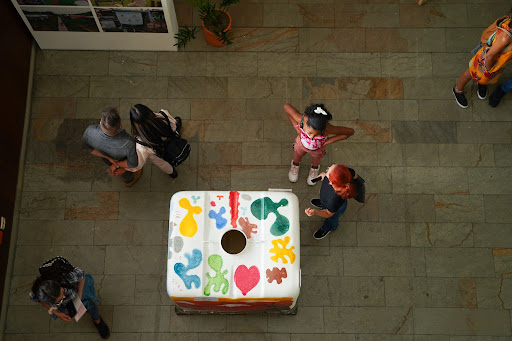
Suffering from having an illegal or unwanted status in Medellín is one of the main themes in the gallery. The research team examined how official recognition and living limited to the boundaries of one’s neighborhood affect the peoples’ identity development.
“The issue of access plays an important role in identity. Physical-spatial obstacles and boundaries prevent feeling part,” said a worker at Medellín’s regional public utility company, EPM.
What if the place you live imposes stigmas on your identity? Until recently, people from the barrios left their shoes in lockers and rented a pair of shoes at the Trasmayo Terminal in Manrique before taking the bus to the city. That’s why today, you can find relics of ‘Parqueadores de Zapatos’ at the bus stops in Manrique.
But why change shoes? Because the muddy soil of the dirt road turned the white soles of their footwear yellow. The yellow shoes have been a symbol of the hillside neighborhoods of La Cruz, Manrique. Based on their shoes, people used to identify the inhabitants as ‘tierrudos’, ‘patiamarillos,’ ‘morreños’, stigmatizing them for living in a particular sector.
What to expect as a visitor
The Contra Miradas exhibition is by no means one of the typical narratives in which a group of privileged people shares their judgments about the poor. Instead, the exhibition works are largely constructed and created by their protagonists – the community members themselves.
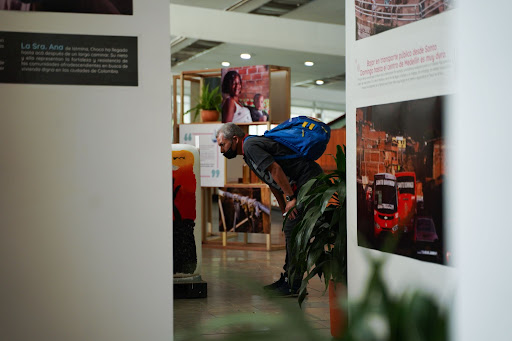
The quotes, the interviews’ evaluations, and the anecdotal stories are authentic and illustrate the actual narratives of the urban periphery. For the community members, Contra Miradas is a great initiative to express themselves and shed light on a hidden, shadowy side of Medellín. This light shows the people, contrary to what they think, that their lives do matter.
Colorful fabric houses, painted shoes, stunning storytelling, video interviews, and much more await visitors who make their way to the EPM library in Plaza Cisneros. Contra Miradas will stay for another two months in Medellín before the team plans to rotate the billboards and artworks to Bogotá, and maybe even to Europe one day.
Each barrio has its peculiarities, and each person has a unique story to tell. It’s worth visiting the exhibition and learning about Contra Miradas. You’ll receive a new, authentic view of the neighborhoods of Medellín – the barrios that might not attract much touristic spotlight but yet, have so much to tell.
